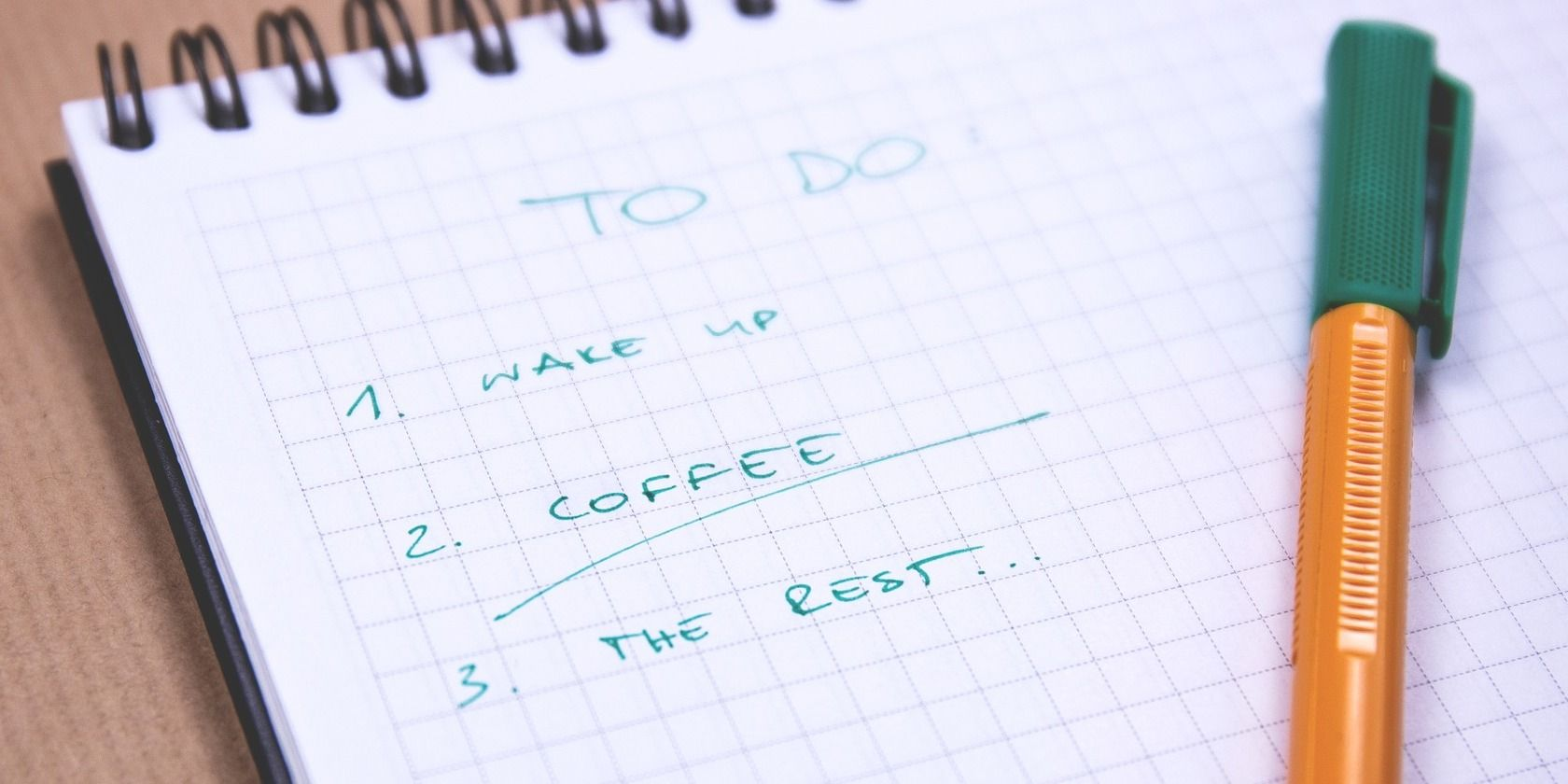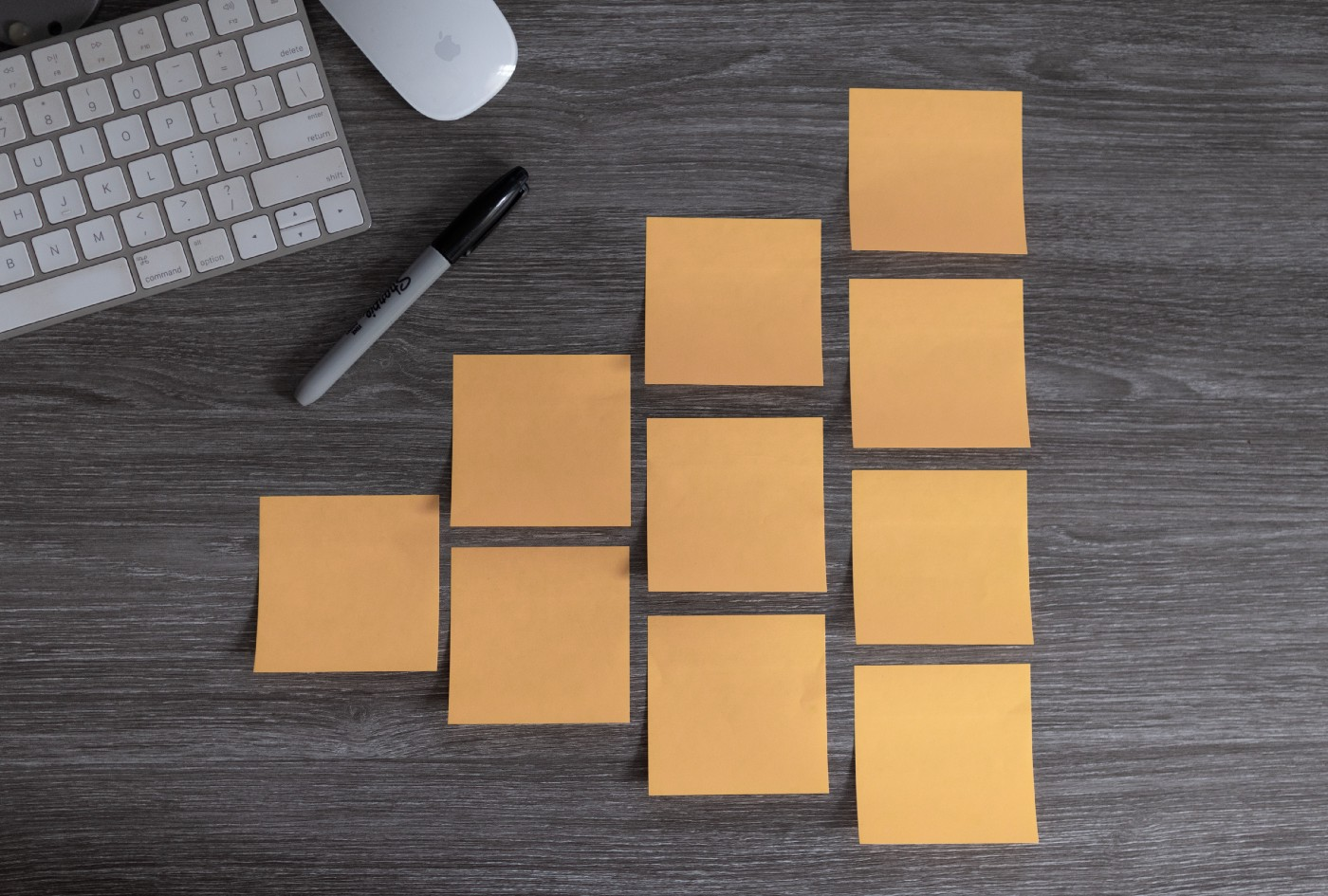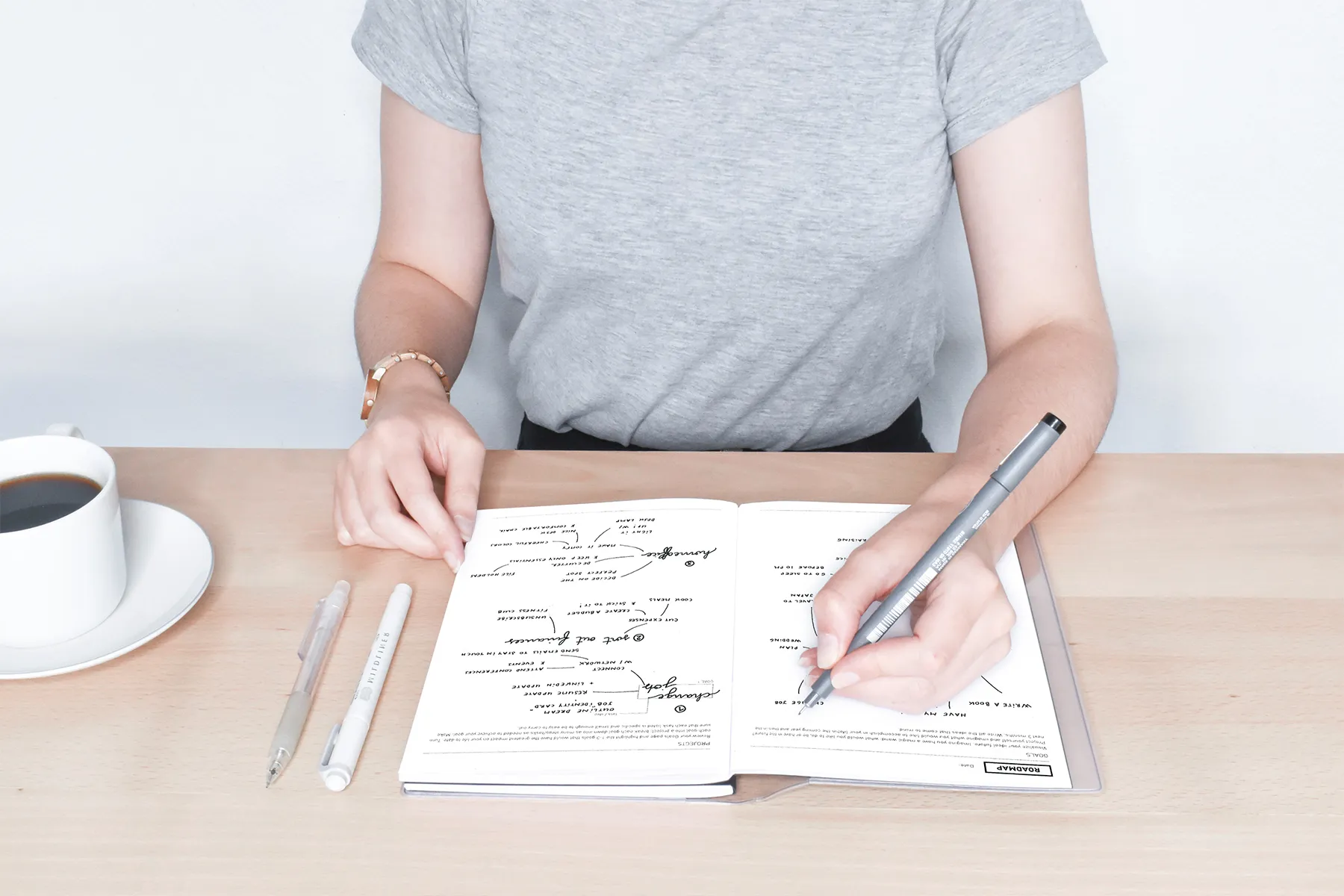If you’re like most people, you must spend most of your day at work attending to tasks one by one. But what if there was a much better way? What if there was a way to boost your productivity and get more done in less time? Well, there is – it’s called task batching. So, what is task batching, and how can you use it to improve your productivity?
Task batching is a productivity improvement strategy that involves completing similar tasks in batches. This approach can help you get more done at work by eliminating distractions, making tedious tasks less overwhelming, and preventing multitasking from impacting your productivity.
This article will explain what task batching is and show you how to use it to boost your productivity. So read on to learn more!
What is Task Batching?

Task batching is a time management technique that involves grouping similar tasks together and completing them in a single sitting. For example, rather than checking email several times throughout the day, someone who uses task batching would set aside a specific time to check and respond to all email messages. We can use this technique for various tasks, including administrative tasks like paperwork, phone calls, and scheduling appointments.
By completing these tasks in a single sitting, you can avoid the wasted time and mental energy of switching between different tasks. In addition, task batching can help you complete menial tasks more quickly, freeing up your time for more important pursuits. It is easier to stay focused and on track by batching tasks together. As a result, task batching can be an effective tool for increasing productivity.
What Are The Benefits Of Task Batching?

Batching is one of the best methods to reduce the time and energy on tasks. It allows you to focus on a single task for a longer time, leading to a better outcome. When you’re constantly switching between tasks, staying focused and motivated is challenging. But when you focus on only one task for an extended period, you’re more likely to achieve your goals.
There are many benefits to task batching, but here are some of the most commonly cited ones:
1. Increased task productivity – When you batch similar tasks together, you can focus more on the task at hand because your mind doesn’t have to jump between different tasks. This leads to increased productivity and efficiency.
2. Fewer errors – By batching related tasks together, you also decrease the chances of making mistakes because your mind is already in “task mode” when working on that specific batch of tasks.
3. Increased creativity – Sometimes, it’s good to take a break from a specific task to get a new perspective. Batching allows you to do just that by giving you time away from particular tasks while still working on other related tasks. This can lead to more creative solutions and ideas.
4. Increased focus – It’s easier to maintain focus when you batch similar tasks together because you’re not constantly switching between different tasks. It will allow you to hone in on the task and get more done in less time.
5. More free time – Batching can save you time in the long run because it allows you to finish more in less time. This leaves you with more free time to do the things you love outside of work.
6. Less stress – Batching can also help reduce stress because it allows you to better manage your time and tasks. This means that you’re less likely to feel overwhelmed by everything that needs to be done.
Top 7 Ways To Get More Done In Less Time With Task Batching

1. Batch Only Similar Tasks
If you are doing one type of work (say, editing), it’s a good idea to avoid any distractions while you’re working. If possible, try to schedule only those tasks for specific times during your day and do them sequentially. For example, if you decide Mondays are always your editing days, schedule nothing during that time. It will keep you on track and finish tasks as planned.
When you work on similar tasks back-to-back, your brain doesn’t have to reorient itself when you move from one task to another. Batching similar tasks allows you to spend more mental energy on those specific activities, leaving fewer resources for unnecessary things like daydreaming or thinking about what you’re going to eat for dinner later.
2. Track Your Activities
One of the best methods to boost productivity with task batching is by tracking your activities because that allows you to gain insight into how you work. Whether you’re a freelancer or run a business, understanding your patterns can help you decide how to be more efficient (and ultimately boost your productivity).
For example, are most of your working hours concentrated into two-hour chunks? If so, try spreading out your tasks over shorter periods each day. How much downtime do you have between projects? Consider bulking up on similar tasks during those downtimes. Do most of your tasks take place at different times and places? Try keeping a ready kit packed with everything you need at all times.
Try task and time batching today with the best activity and productivity tracking software and see how much more productive you and your team become!
3. Dedicate Time To The Process
Regardless of what your objectives are or what you’re trying to achieve, you need to do one thing: dedicate time and energy. Many people do not succeed at their goals because they fall prey to distractions during the day, like checking social media. Turn off notifications on your phone, set a recurring reminder in your phone’s calendar app, and block access to specific sites for specified periods. If something is really important for you, but is at the top of your priority list and make sure you carve out some blocks of time when all you’ll be doing is working toward that goal.
4. Schedule Time For Planning, Researching, Strategizing, And Writing
Keeping aside a chunk of your day for planning and research is an easy way to ensure you’re getting things done. Schedule one block for tasks like reading up on trends, following up on industry news, strategizing about what’s next for your business, and planning out projects.
Do everything else when you’re fresh and energized. We can accomplish more if we make it a priority. Don’t overdo it because balance is essential for productivity and creativity! Don’t forget that you can’t have too much focus!
5. Stick To A Routine
No matter how many essential things you have to do, it’s hard to focus on them if your day is filled with meetings, phone calls, and emails. In other words, productivity suffers when you have lots of interruptions throughout your day. To increase efficiency without a steady stream of distraction, set specific times for everything’s meetings, phone calls, and computer work and stick to those times. Although sticking to a schedule might mean giving up some flexibility at first, it will keep your mind from wandering too far off course while working on any substantial project.
6. Take Breaks & Get Outside
If you sit at the workplace all day, take a few minutes to stretch and walk around every couple of hours. These short walks can help ease stiffness and headaches while reducing stress levels. If you find yourself stuck at your desk for most of your workday, set an alarm that goes off every 90 minutes; go outside for 10 minutes, and get some fresh air. You’ll come back feeling recharged and ready to focus on your work again.
To really boost your energy levels, try getting outside for a few minutes and taking a brisk walk. Fresh air is good for you, and it can help increase alertness. If the weather doesn’t permit, try going outside for five minutes and doing some deep breathing exercises at your desk instead.
7. Don’t Overwhelm Yourself At Once
When you try to multitask or complete too many tasks at once, your work becomes disorganized and inefficient. Instead of doing several things at once, focus on one main goal at a time. Next, chunk that larger task into smaller tasks that can be completed within 30 minutes. When your small tasks are finished, reward yourself with a break and celebrate your accomplishment before tackling another large project. Studies show that people who engage in interruptions such as checking email frequently during work hours do not finish their projects efficiently and don’t feel they accomplish much throughout their day.
Closing Thoughts
Task batching can be an extremely effective way to get more done in less time. By following the tips we’ve outlined, you can see a real difference in your productivity. If you wish to take things one step further, consider using a workforce management tool that makes it easy for you to batch and track your tasks. Such tools can easily see which of your team members are slacking off or working too hard, so you can optimize your workflow accordingly.
Sign up to try the best workforce management software to monitor employee productivity and experience 3x times more productivity here.
What strategies do you use to increase productivity at work? Tell us in the comment section-
Thanks for reading!!
Suggested:
5 Ways to Improve Workplace Productivity When You Have to Work Remotely.
What is Telematics Technology
Ruby on Rails: 5 Reasons to Choose It for Your Website






 Benefits of New Product Development Process for Businesses
Benefits of New Product Development Process for Businesses